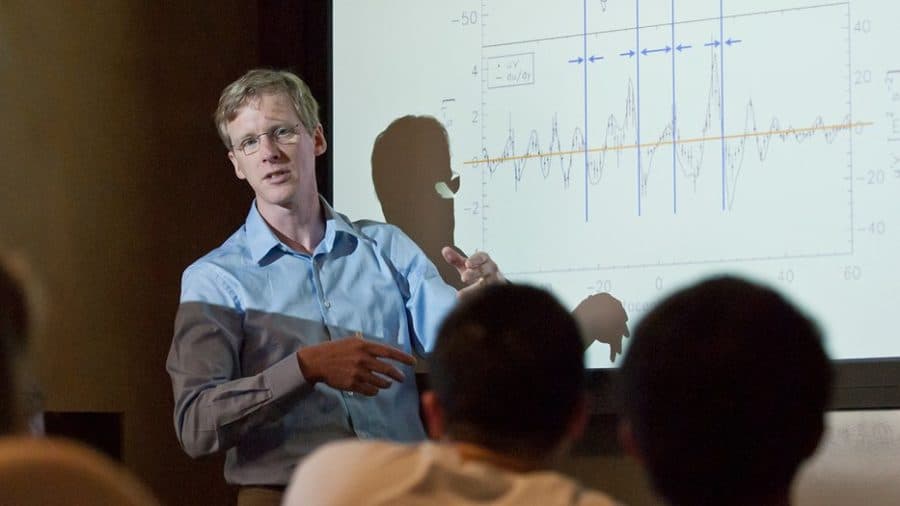Extreme-event attribution (EEA)—a branch of climate science that has emerged over the past 20 years—asks the question: How much more or less likely has an extreme event become as a result of climate change?
On a global scale, the mean temperature of the Earth has increased about one degree Celsius in the past 50 years. This means that average temperatures have shifted upward. It also means that, assuming temperature variations around this average have not changed significantly, extreme heat waves that were rare 50 years ago are now more common, simply because the entire distribution of temperatures has shifted toward warmer temperatures.
EEA quantifies how likely such extreme events are with anthropogenic (human-caused) climate change and without it, and then makes statements about how much more likely events have become as a result of climate change.
The approach requires a hypothetical unchanged climate to make probabilistic inferences. That hypothetical climate is obtained from climate models or historical records. When climate models are used, the results become conditional on the adequacy of the models, which is not always easy to quantify, given their current shortcomings. Alternatively, the hypothetical unchanged climate can be extracted from past observations, using statistical means such as removing long-term trends from temperature records.
No matter how EEA is carried out, it always makes probabilistic statements. It can say that the odds of having a fall day with extreme fire weather have more than doubled in California in the past 40 years as a result of anthropogenic climate change. This change in odds in itself increases the likelihood of more extreme wildfires. But EEA cannot say that climate change caused a specific wildfire, or other extreme events. It merely says how much more or less likely such events have become, given our best current understanding of how climate is changing.


